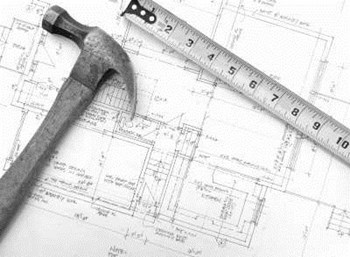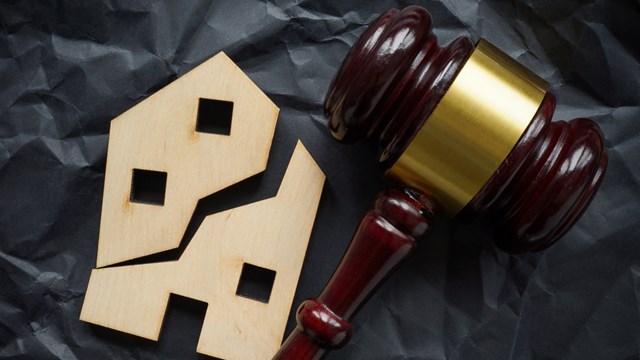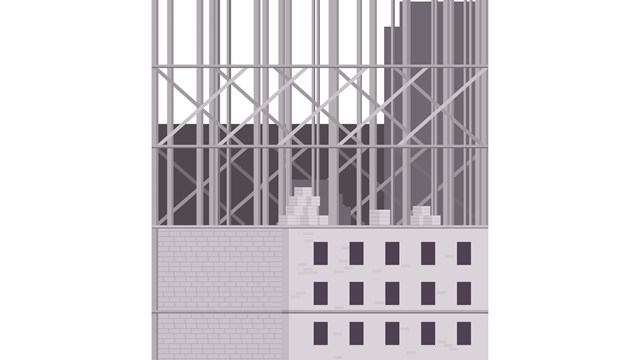
As the cycle of work from the most recent Local Law 11 deadline expires, buildings inevitably must resolve issues over fees they owe to the contractors who did the work, completion of the work and questions about the quality of the work itself. There may also be open issues to resolve with certain shareholders or unit owners claiming damages from the Local Law 11-related work.
In the case of one building for which I consulted, the ropes for the scaffold ran down the glass walls of a penthouse apartment. When the wind blew, the ropes whipped against the glass. When the apartment below suffered water damage, one of the possibilities the building looked at was whether the ropes could have played a role in damaging the seal around the glass. What makes this situation an interesting example is that the building turned for advice to the engineer, who had observed the Local Law 11 work as it was in process. While that engineer is an obvious first party to go to for advice, more investigation is needed. The engineer who observed the work may have a conflict of interest, since it is possible that part of the "problem" resulted from inadequate observation of the work by that very engineer. His or her objectivity may be compromised. Resolving that leak and the cause of the leak, is a problem that needs to be addressed separately.
Shareholders or unit owners on upper floors may have their own special issues, especially if the contractor did staging for the work on their terraces. In one case, a shareholder had a veritable garden on the roof outside the apartment, which was destroyed as the work progressed. Eventually that shareholder stopped paying maintenance in protest and put the money in escrow. That issue needs to be sorted out, as well as any damages that may be paid by the building due to the work.
Footing the Bills
It is not unusual for the work to cost more than was anticipated. Most buildings hopefully will have planned in advance for this by refinancing the mortgage or having an assessment before the work starts. Other buildings may have an assessment after the work is completed and the final numbers are in. Those that have not planned ahead will have issues with the contractor regarding payment and may wind up with mechanic's liens against the building.
Some buildings have run into problems that have made the project last far beyond the duration anticipated by board or the contractors. Delays may involve needing access to a neighboring building's roof or disagreements about the scope of the work and the cost. A contractor may have agreed to a certain price for the work and found that far more was required, which also cost a lot more money. The building may disagree and believe that all the work fell within the scope of the contract. Not being able to resolve this may lead to a dispute, which may cause the work to stop.
A project can get very complicated when a neighboring building is involved and has a different use from the co-op or condominium building. The neighboring building may be a school or some commercial stores. Commercial stores may claim they lost business, possibly caused by less visibility due to a sidewalk bridge. As a general matter, damages are not recoverable, but when a condition continues for years, there may well be litigation and damages to be paid.
Finishing the Job
On the positive side, if the work is satisfactorily concluded, then the contract should spell out the final documents that need to be exchanged before the retainage (money withheld until all outstanding work, until any outstanding work is completed) is paid to the contractor. The contractor needs to provide his final waiver of mechanic's liens and any warranties and then the project is done. How some of these issues are ultimately resolved depends on how prepared the parties were when they went into the project. If the parties had a well-drafted, well-thought out contract, many issues will have been anticipated and addressed. If an AIA contract was used, there may be a provision for mediation and another for arbitration. Since mechanic's liens are foreclosed through the courts, if there is a contract dispute and a mechanic's lien, there may be both arbitration and a lawsuit over the lien. Usually the court action is "stayed" or halted until the arbitration is complete.
Some buildings have had contractors walk off the job or have terminated their contracts. If that is the case, a new team may be needed to finish the work. Buildings are advised to seek counsel with attorneys familiar with these types of issues to advise on the steps needed to bring the matter to a conclusion.
C. Jaye Berger is an attorney and frequent contributor to The Cooperator. Her clients include co-ops, condominiums, shareholders, architects, engineers, interior designers and contractors.






Leave a Comment